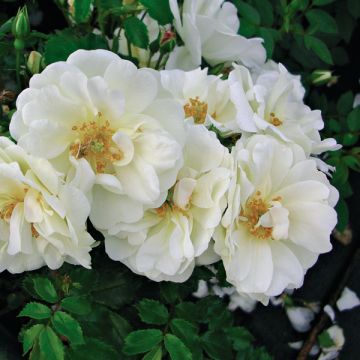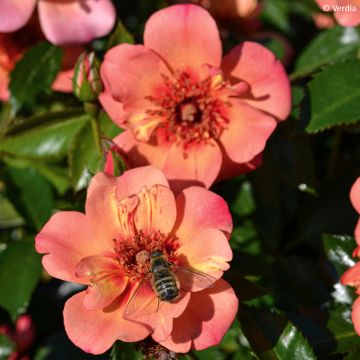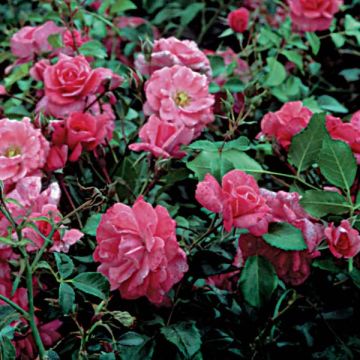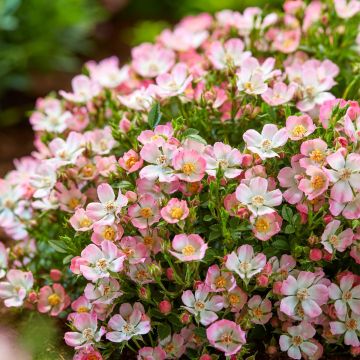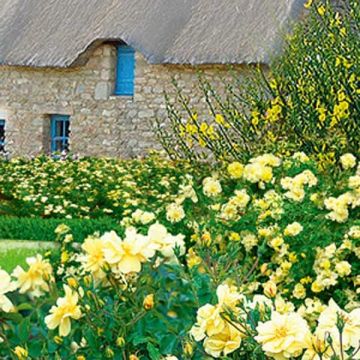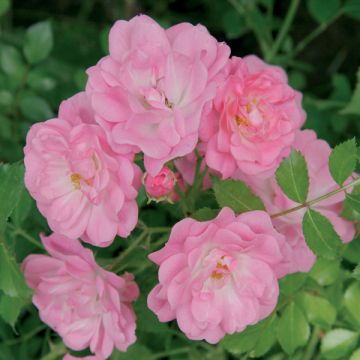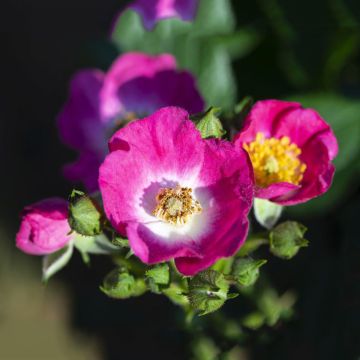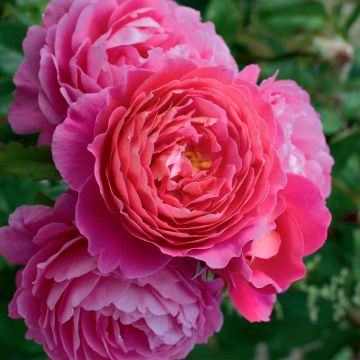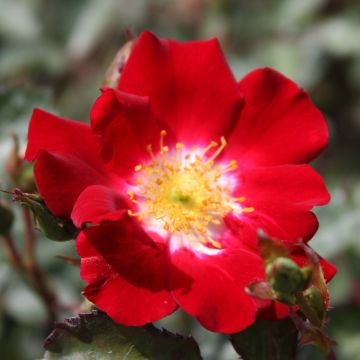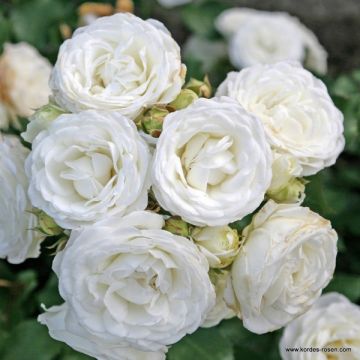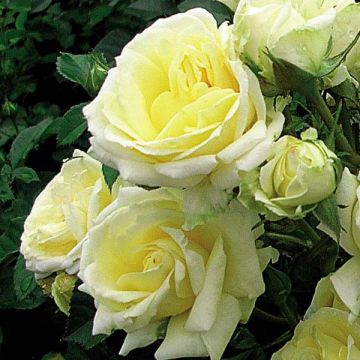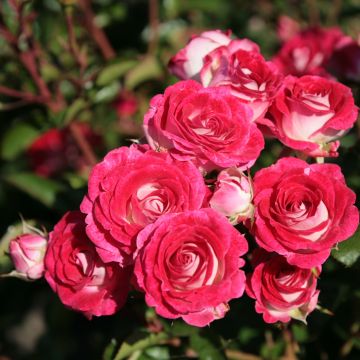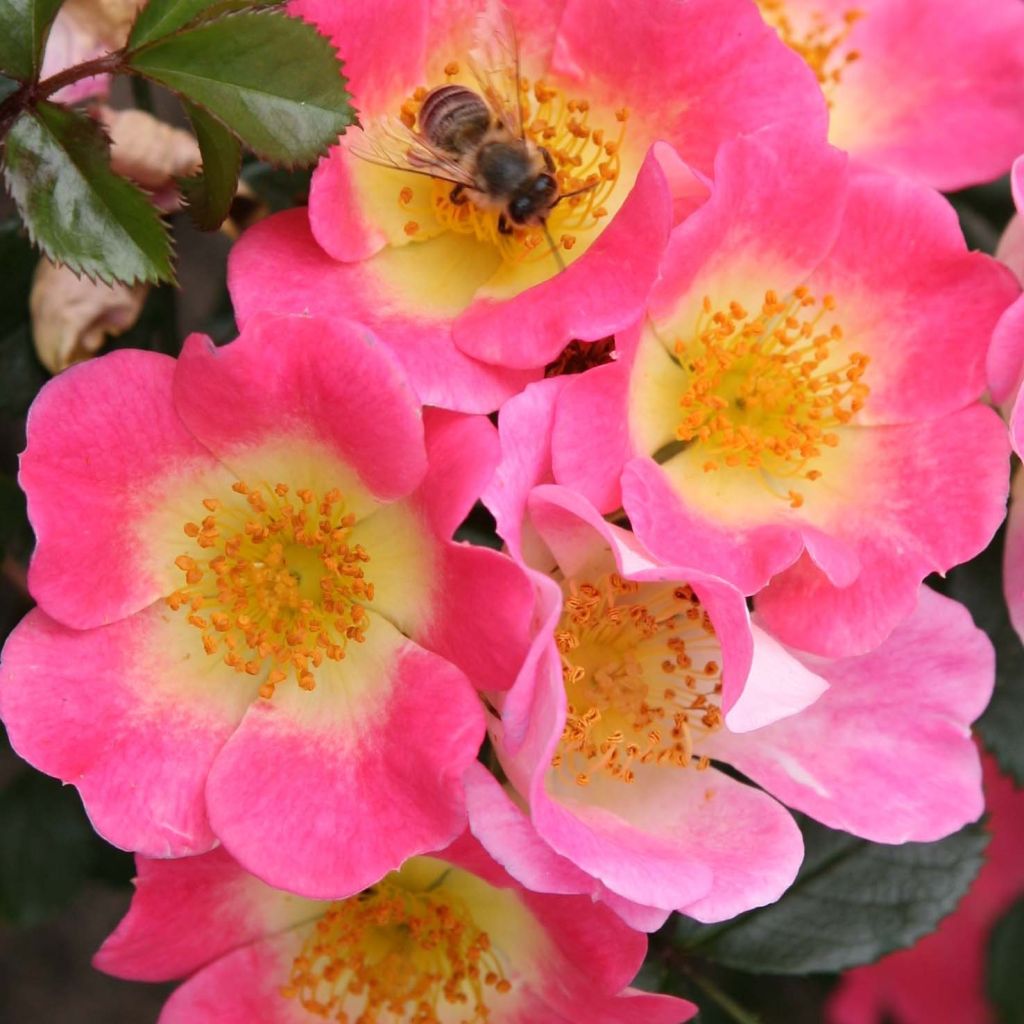

Rosa Topolina - groundcover rose
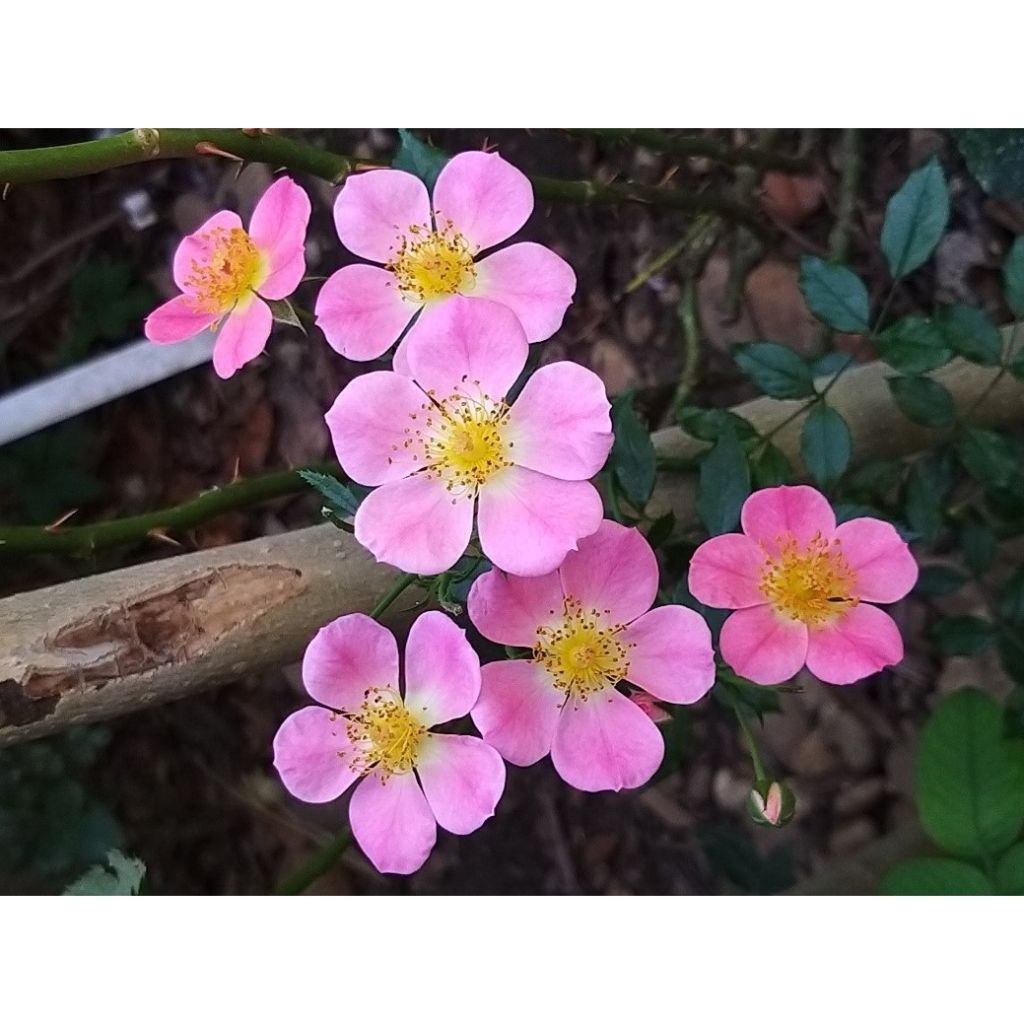

Rosa Topolina - groundcover rose
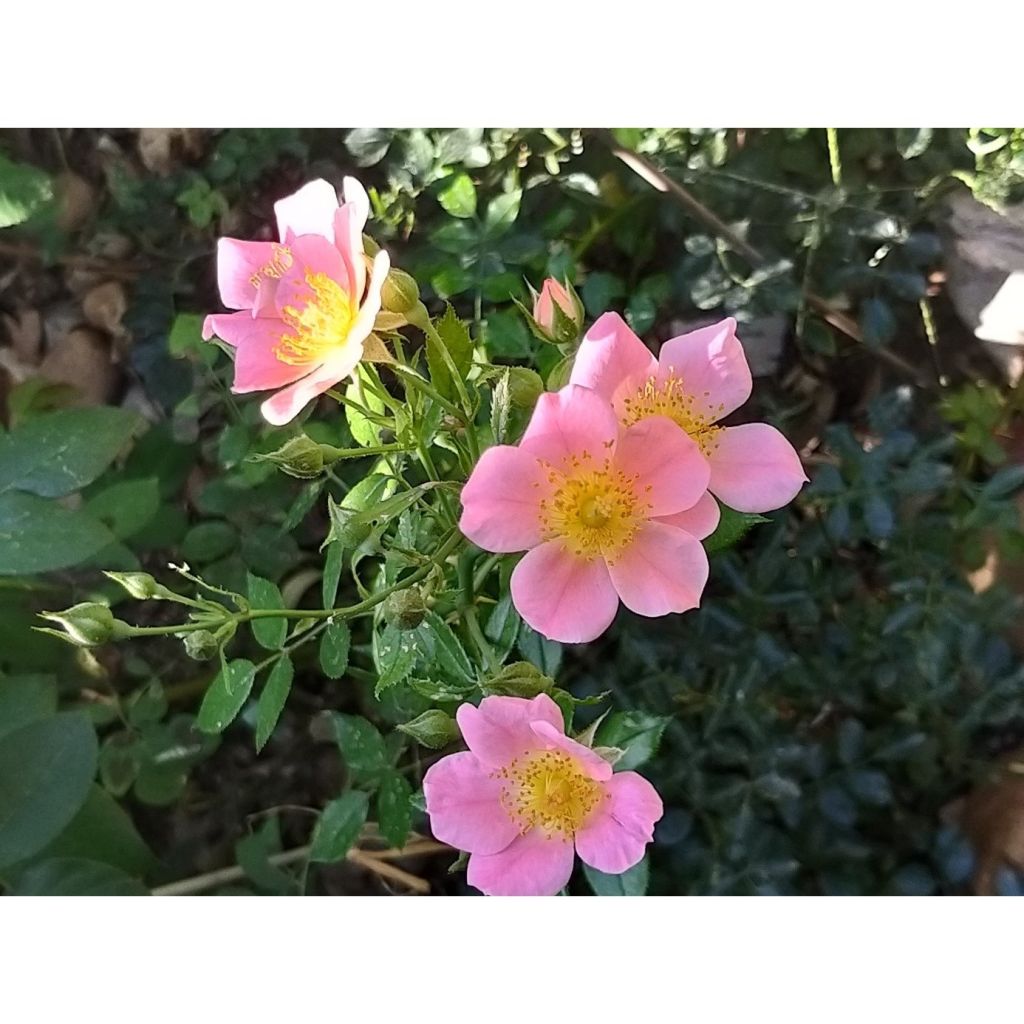

Rosa Topolina - groundcover rose
Rosa Topolina - groundcover rose
Rosa x couvre-sol Topolina ® KORpifleu
Groundcover Rose, Carpet Rose
This item cannot be shipped to the selected country
Delivery charge from €5.90
Delivery charge from €5.90
Delivery to Corse prohibited
More information
Schedule delivery date,
and select date in basket
This plant carries a 24 months recovery warranty
More information
We guarantee the quality of our plants for a full growing cycle, and will replace at our expense any plant that fails to recover under normal climatic and planting conditions.
From €5.90 for pickup delivery and €6.90 for home delivery
Express home delivery from €8.90.
From €5.90 for pickup delivery and €6.90 for home delivery
Express home delivery from €8.90.
Delivery to Corse prohibited: UE law prohibits the import of this plant from mainland France to Corse as part of the fight against Xylella fastidiosa. Please accept our sincere apologies.
More information

Does this plant fit my garden?
Set up your Plantfit profile →
Description
The 'Topolina' rose belongs to a family of ground cover roses, characterized by a low and spreading bushy habit. It forms a dense, spreading bush which will reach a height of about 35 cm (14in) at maturity but will spread at least 60 cm (24in). This variety has single flowers with 5 slightly wavy petals, 4 cm (2in) in diameter, generally bicoloured, bright pink with a white central halo. A large cluster of golden yellow stamens occupies the heart of the flower. They are grouped in clusters that continuously renew on the plant from June to October-November. They are only slightly fragrant, with a subtle wild scent. The foliage is divided into small dark green slightly glossy leaflets covering prostrate and thorny stems. This variety is very disease-resistant, which earned it the prestigious and demanding German ADR label.
Ground cover roses have many uses: lawn edging, flower beds, slopes, topping walls or in planters. They can be planted in any ordinary soil, in sunny or partially shaded locations (3-4 hours of sunlight per day are sufficient). They have long exceptional flowering on elegant and lush, shiny green foliage. 'Topolina' is fresh and vibrant and will blend well with white, blue or mauve tones, which can be found in other ground cover roses, campanulas and Nepeta. Finally, it is very effective on a sunny balcony or terrace, planted in a large container.
Breeder: Kordes (Germany), from 2012.
Report an error about the product description
Rosa Topolina - groundcover rose in pictures
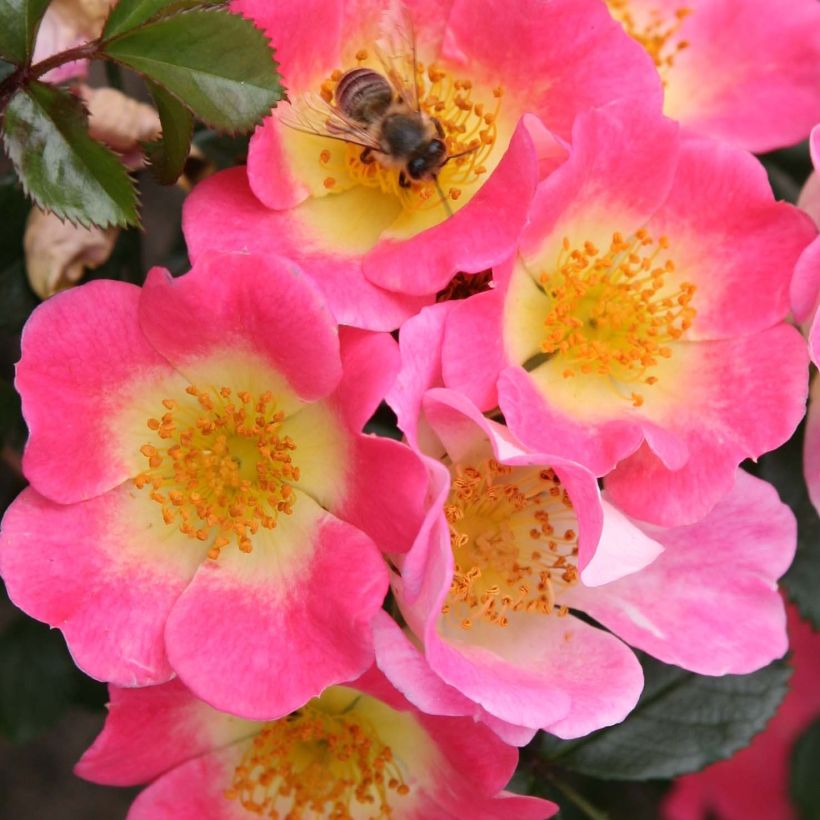

Plant habit
Flowering
Foliage
Botanical data
Rosa
x couvre-sol
Topolina ® KORpifleu
Rosaceae
Groundcover Rose, Carpet Rose
Cultivar or hybrid
Rosa canina Laxa (Wrapped bare root, 2L/3L pot)
Other Ground Cover and Dwarf Roses
Planting and care
To plant your roses, dig the soil in a 30 cm (12in) x 30 cm (12in) area by crumbling the soil and placing a base fertiliser at the bottom of the planting hole, such as bonemeal and prepare a mound of soil at the bottom of the hole. You can prepare a bucket of thick mud, made with water and soil and dip your plant in the mud to coat the roots and prevent air bubbles. Position your plant in the planting hole, spreading out the roots and checking the depth: the graft point should be just above the ground. Fill with soil and gently firm as you go. Prune the branches to 15/20 cm (6/8in) to stimulate growth. Create a dip at the base of the roses and water abundantly to eliminate air pockets and make the soil cling to the roots. In very cold regions, it may be a good idea to mulch with leaves or turf up to 20 cm (8in) at the base of your plants. Groundcover roses do not require pruning, but if you wish you can prune them in late winter or spring by cutting back the branches by half. In summer, deadheading regularly will encourage new flowers.
Roses are often stained or ugly at the end of summer, but this is not a problem for their development. These spots are not harmful to the rose; it is a natural phenomenon.
Planting period
Intended location
Care
-
, onOrder confirmed
Reply from on Promesse de fleurs
Roses by purpose
Haven't found what you were looking for?
Hardiness is the lowest winter temperature a plant can endure without suffering serious damage or even dying. However, hardiness is affected by location (a sheltered area, such as a patio), protection (winter cover) and soil type (hardiness is improved by well-drained soil).

Photo Sharing Terms & Conditions
In order to encourage gardeners to interact and share their experiences, Promesse de fleurs offers various media enabling content to be uploaded onto its Site - in particular via the ‘Photo sharing’ module.
The User agrees to refrain from:
- Posting any content that is illegal, prejudicial, insulting, racist, inciteful to hatred, revisionist, contrary to public decency, that infringes on privacy or on the privacy rights of third parties, in particular the publicity rights of persons and goods, intellectual property rights, or the right to privacy.
- Submitting content on behalf of a third party;
- Impersonate the identity of a third party and/or publish any personal information about a third party;
In general, the User undertakes to refrain from any unethical behaviour.
All Content (in particular text, comments, files, images, photos, videos, creative works, etc.), which may be subject to property or intellectual property rights, image or other private rights, shall remain the property of the User, subject to the limited rights granted by the terms of the licence granted by Promesse de fleurs as stated below. Users are at liberty to publish or not to publish such Content on the Site, notably via the ‘Photo Sharing’ facility, and accept that this Content shall be made public and freely accessible, notably on the Internet.
Users further acknowledge, undertake to have ,and guarantee that they hold all necessary rights and permissions to publish such material on the Site, in particular with regard to the legislation in force pertaining to any privacy, property, intellectual property, image, or contractual rights, or rights of any other nature. By publishing such Content on the Site, Users acknowledge accepting full liability as publishers of the Content within the meaning of the law, and grant Promesse de fleurs, free of charge, an inclusive, worldwide licence for the said Content for the entire duration of its publication, including all reproduction, representation, up/downloading, displaying, performing, transmission, and storage rights.
Users also grant permission for their name to be linked to the Content and accept that this link may not always be made available.
By engaging in posting material, Users consent to their Content becoming automatically accessible on the Internet, in particular on other sites and/or blogs and/or web pages of the Promesse de fleurs site, including in particular social pages and the Promesse de fleurs catalogue.
Users may secure the removal of entrusted content free of charge by issuing a simple request via our contact form.
The flowering period indicated on our website applies to countries and regions located in USDA zone 8 (France, the United Kingdom, Ireland, the Netherlands, etc.)
It will vary according to where you live:
- In zones 9 to 10 (Italy, Spain, Greece, etc.), flowering will occur about 2 to 4 weeks earlier.
- In zones 6 to 7 (Germany, Poland, Slovenia, and lower mountainous regions), flowering will be delayed by 2 to 3 weeks.
- In zone 5 (Central Europe, Scandinavia), blooming will be delayed by 3 to 5 weeks.
In temperate climates, pruning of spring-flowering shrubs (forsythia, spireas, etc.) should be done just after flowering.
Pruning of summer-flowering shrubs (Indian Lilac, Perovskia, etc.) can be done in winter or spring.
In cold regions as well as with frost-sensitive plants, avoid pruning too early when severe frosts may still occur.
The planting period indicated on our website applies to countries and regions located in USDA zone 8 (France, United Kingdom, Ireland, Netherlands).
It will vary according to where you live:
- In Mediterranean zones (Marseille, Madrid, Milan, etc.), autumn and winter are the best planting periods.
- In continental zones (Strasbourg, Munich, Vienna, etc.), delay planting by 2 to 3 weeks in spring and bring it forward by 2 to 4 weeks in autumn.
- In mountainous regions (the Alps, Pyrenees, Carpathians, etc.), it is best to plant in late spring (May-June) or late summer (August-September).
The harvesting period indicated on our website applies to countries and regions in USDA zone 8 (France, England, Ireland, the Netherlands).
In colder areas (Scandinavia, Poland, Austria...) fruit and vegetable harvests are likely to be delayed by 3-4 weeks.
In warmer areas (Italy, Spain, Greece, etc.), harvesting will probably take place earlier, depending on weather conditions.
The sowing periods indicated on our website apply to countries and regions within USDA Zone 8 (France, UK, Ireland, Netherlands).
In colder areas (Scandinavia, Poland, Austria...), delay any outdoor sowing by 3-4 weeks, or sow under glass.
In warmer climes (Italy, Spain, Greece, etc.), bring outdoor sowing forward by a few weeks.

































